Bowel Function After SCI Infocomic
A spinal cord injury can lead to bowel problems. This comic talks about what you need know to control bowel movements after a spinal cord injury.
Some people with SCI may experience problems moving waste through their colon, passing a stool when they do not want to, abdominal pain, and anxiety about not being able to control bowel movements in public. The comic explains:
- What a bowel program is
- How a bowel program may help people with SCI control bowel movements
- The steps involved in maintaining a bowel program
- The importance of maintaining healthy bowel function

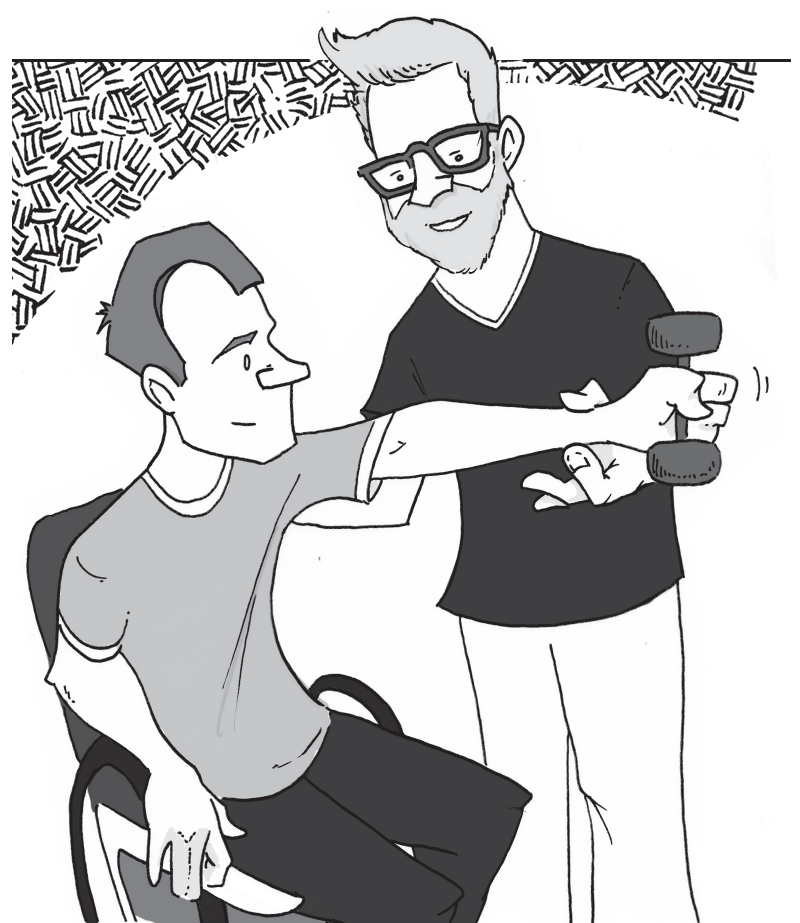
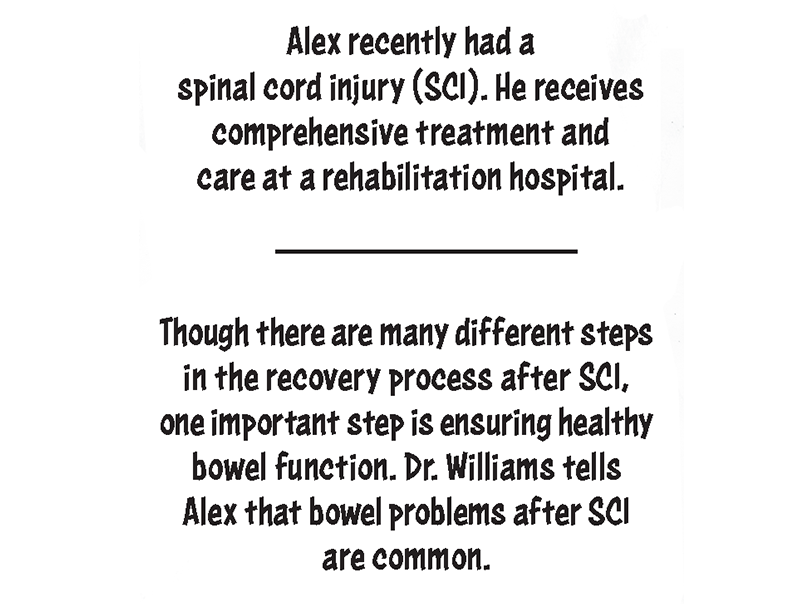
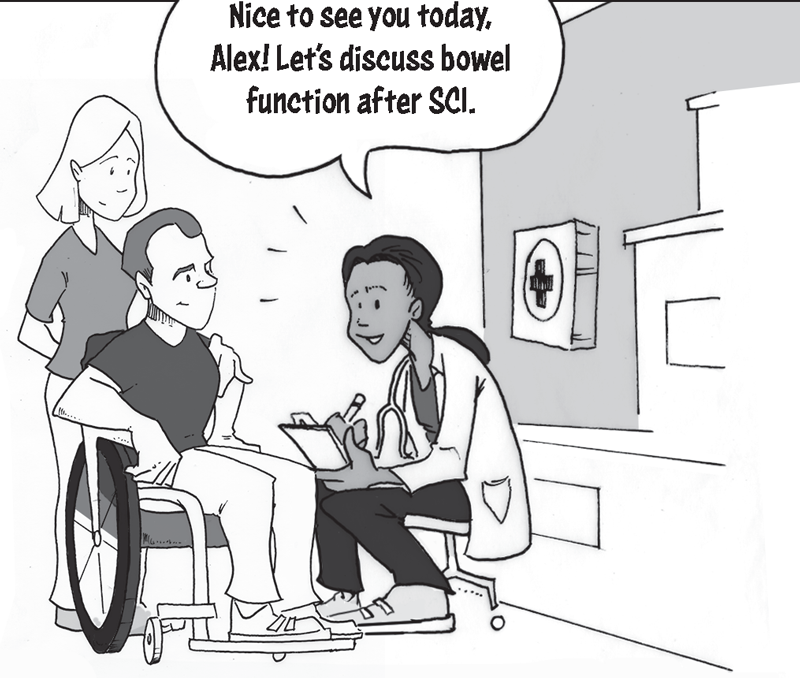

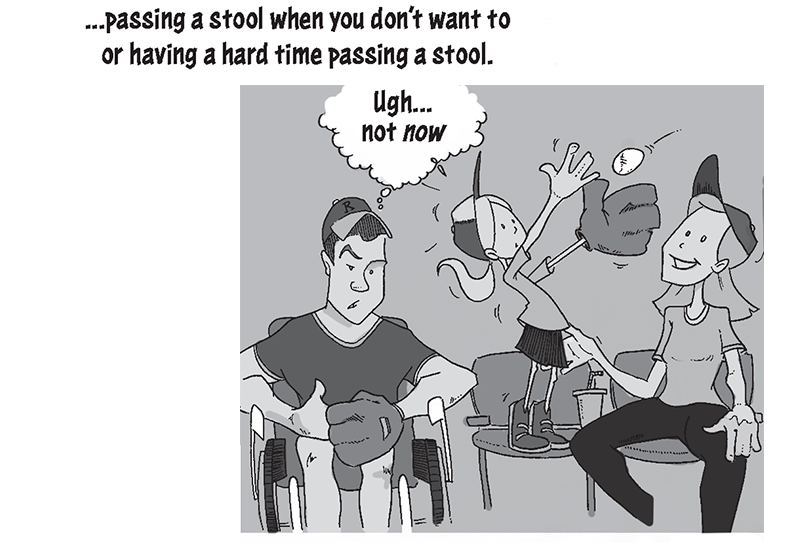

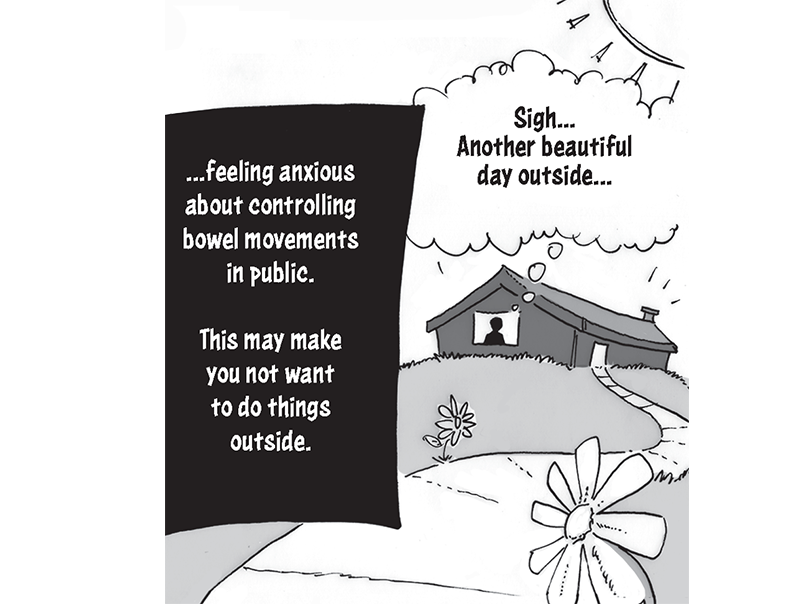
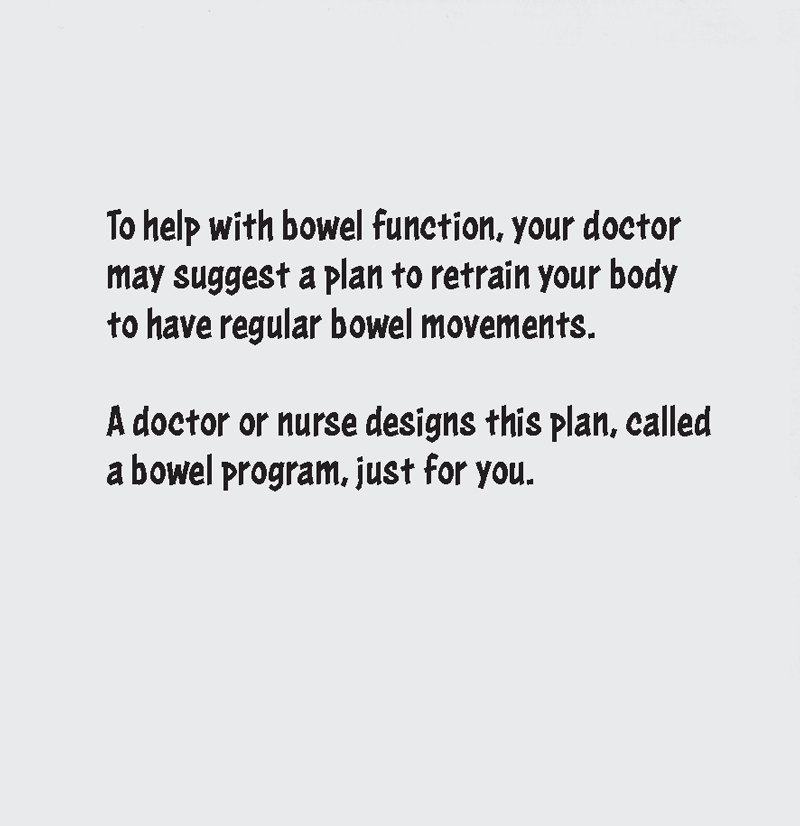
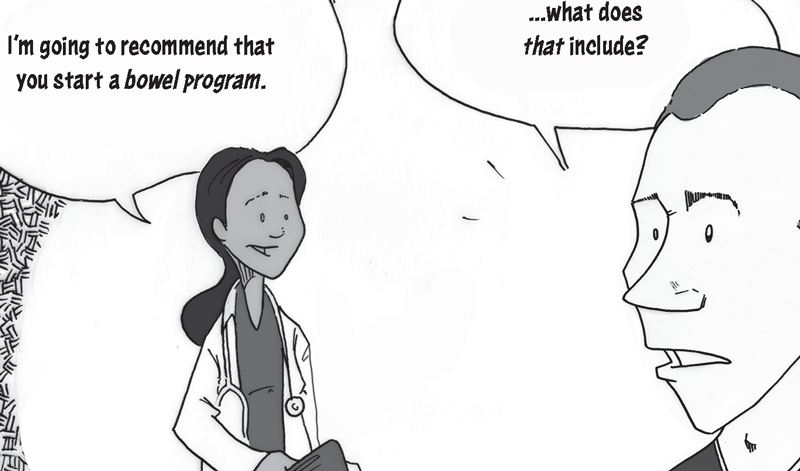
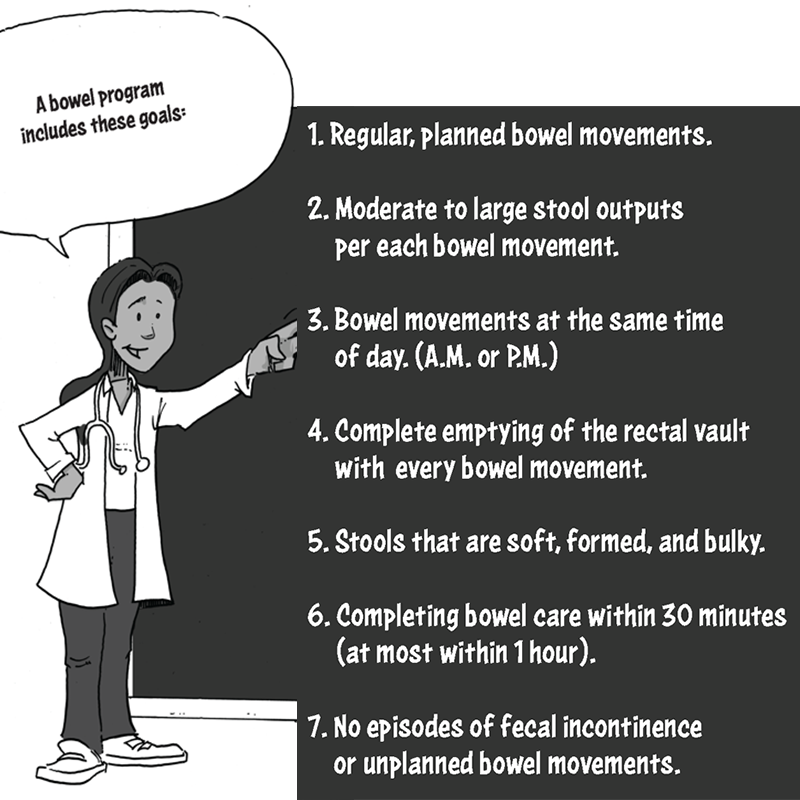

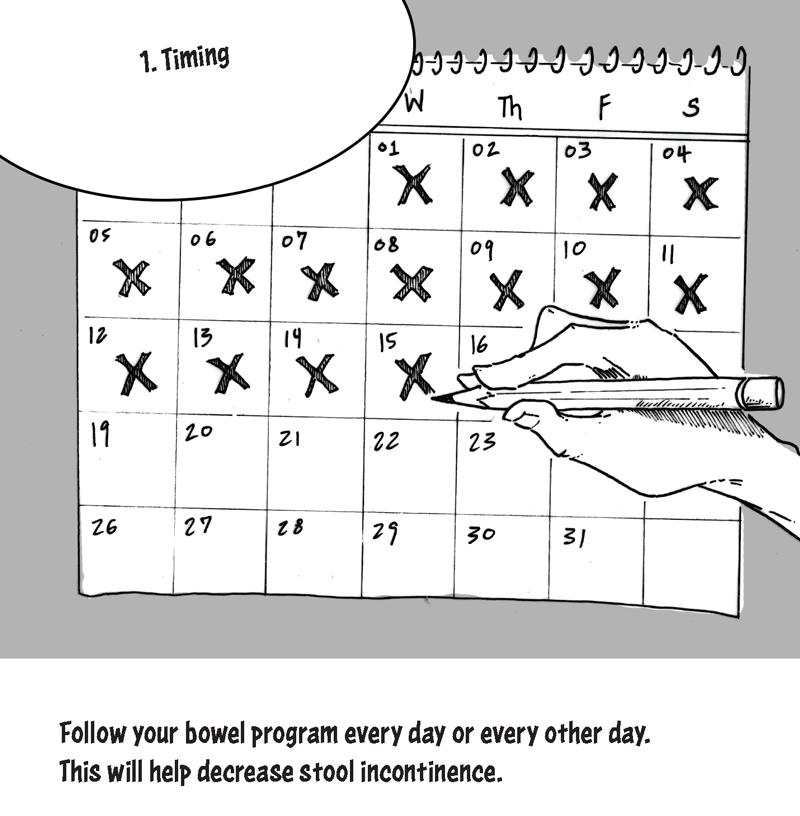

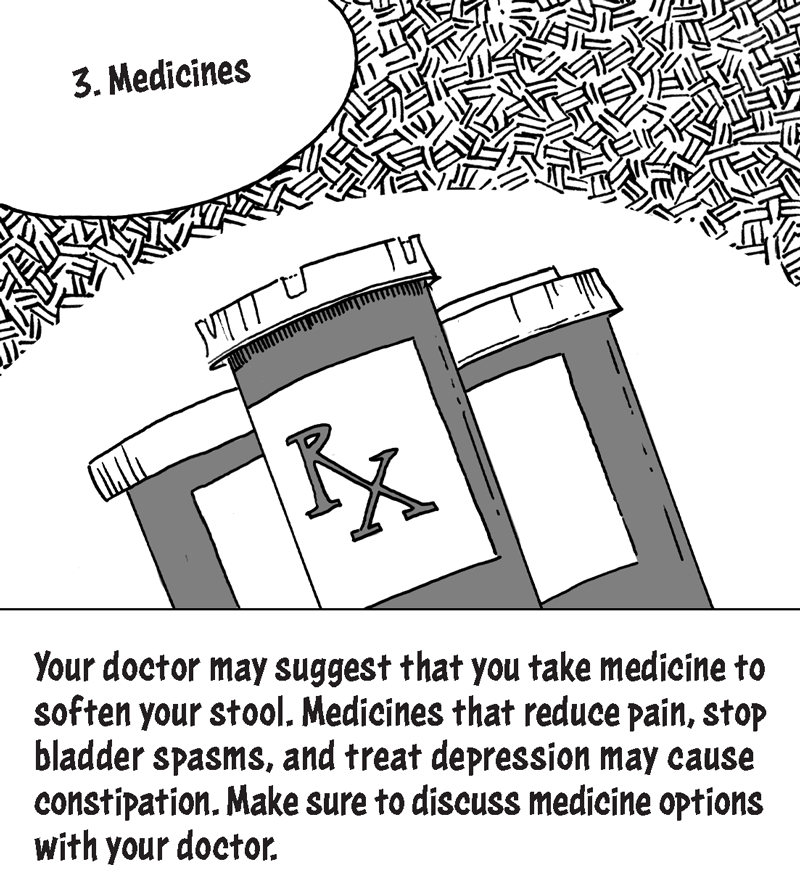
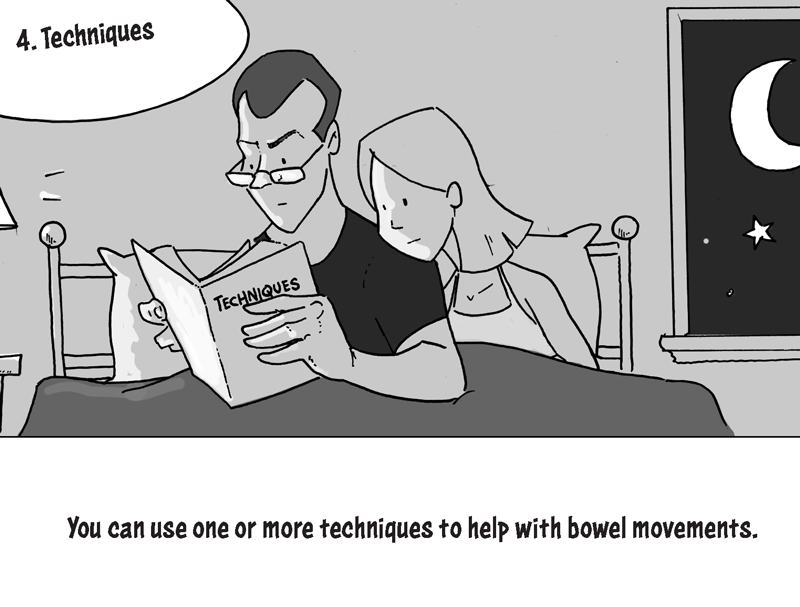
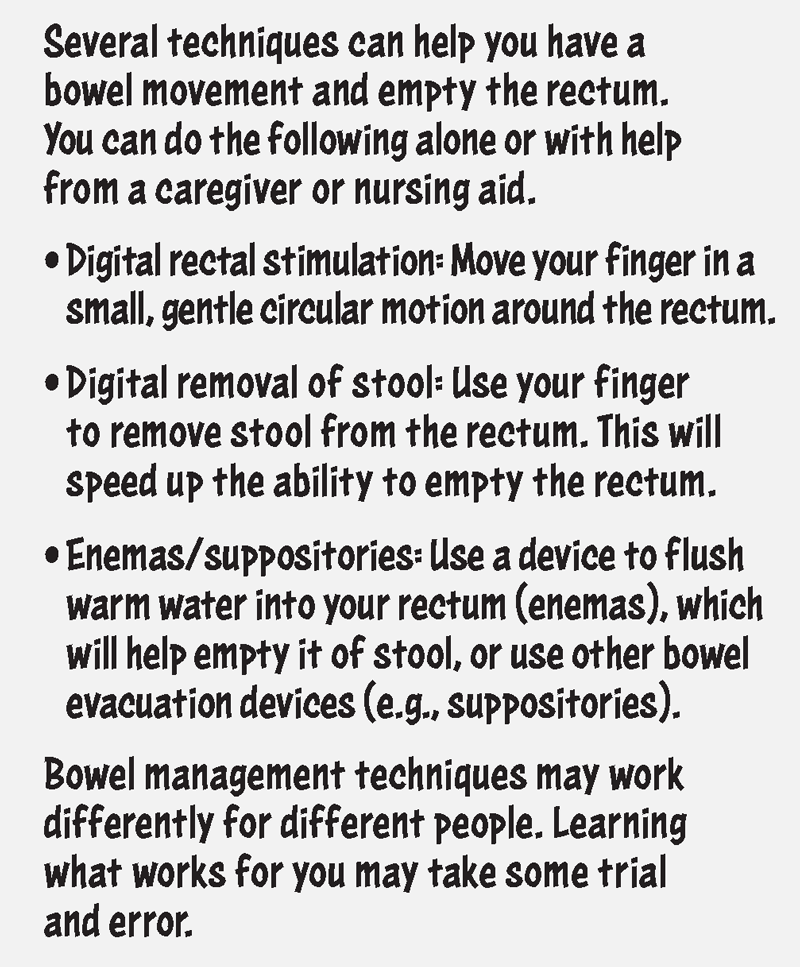
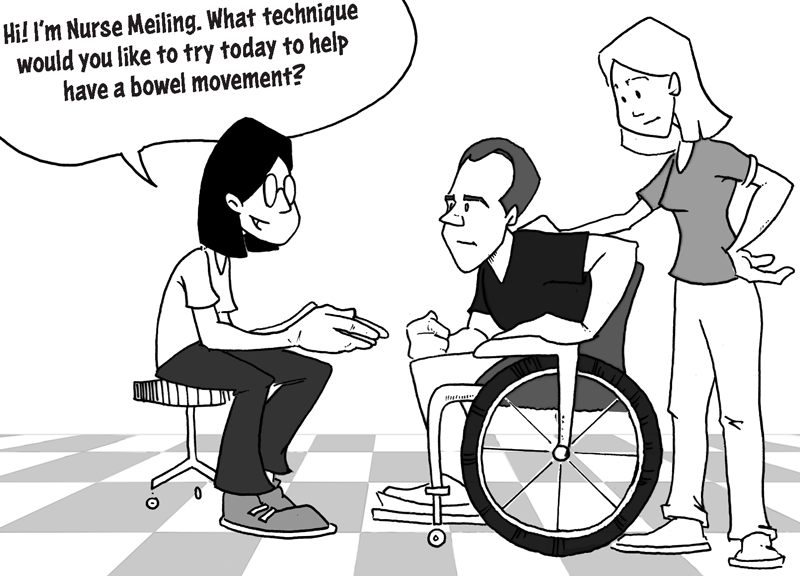

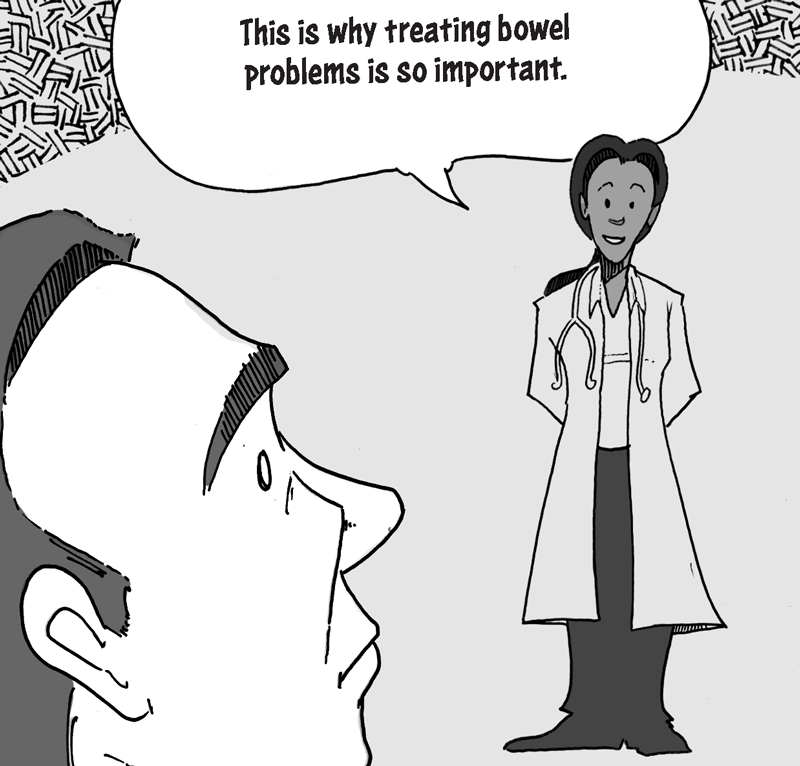
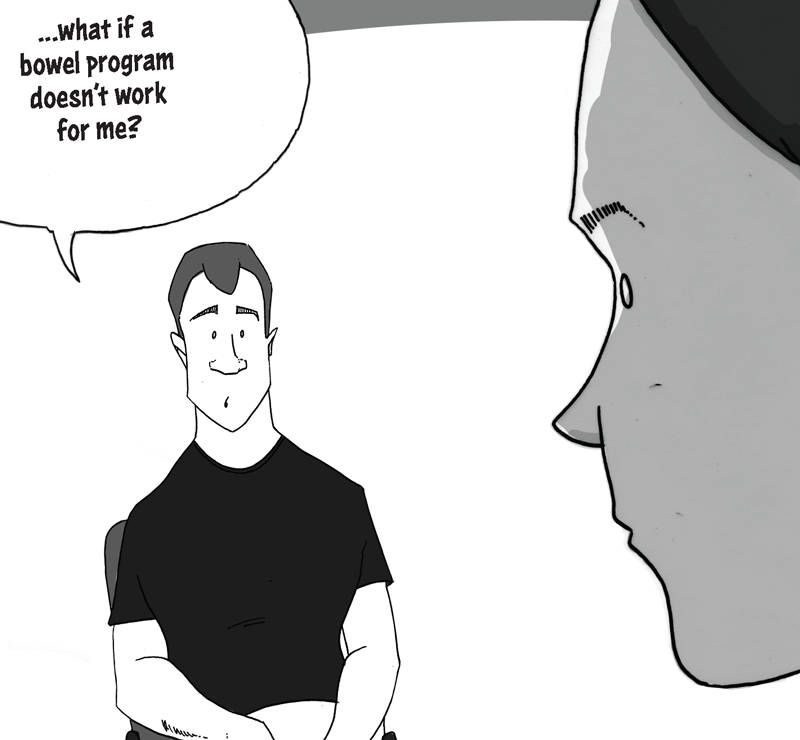

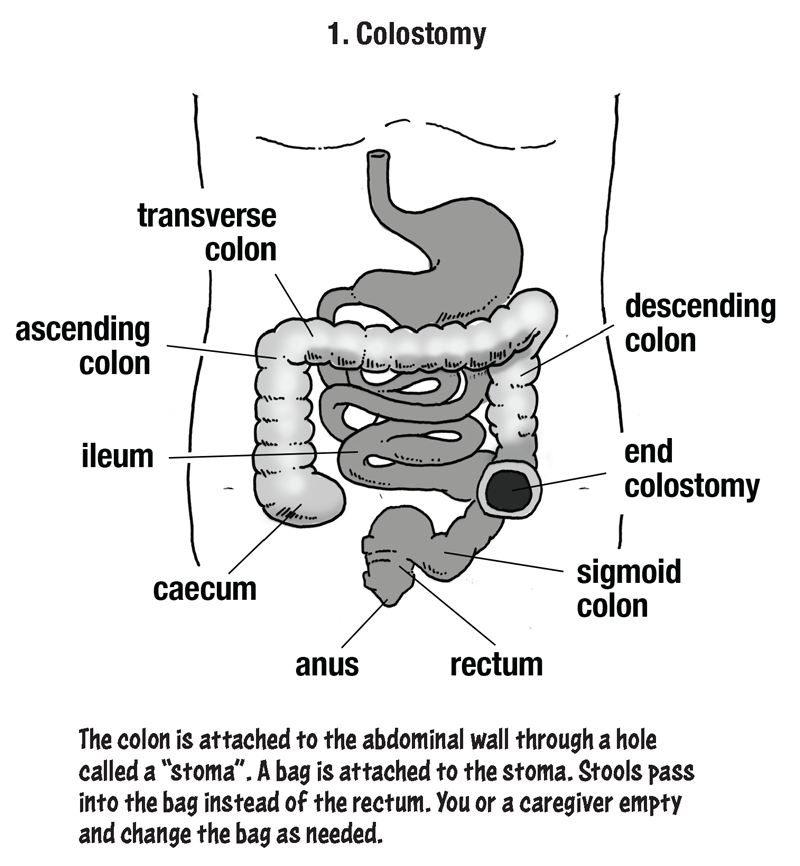
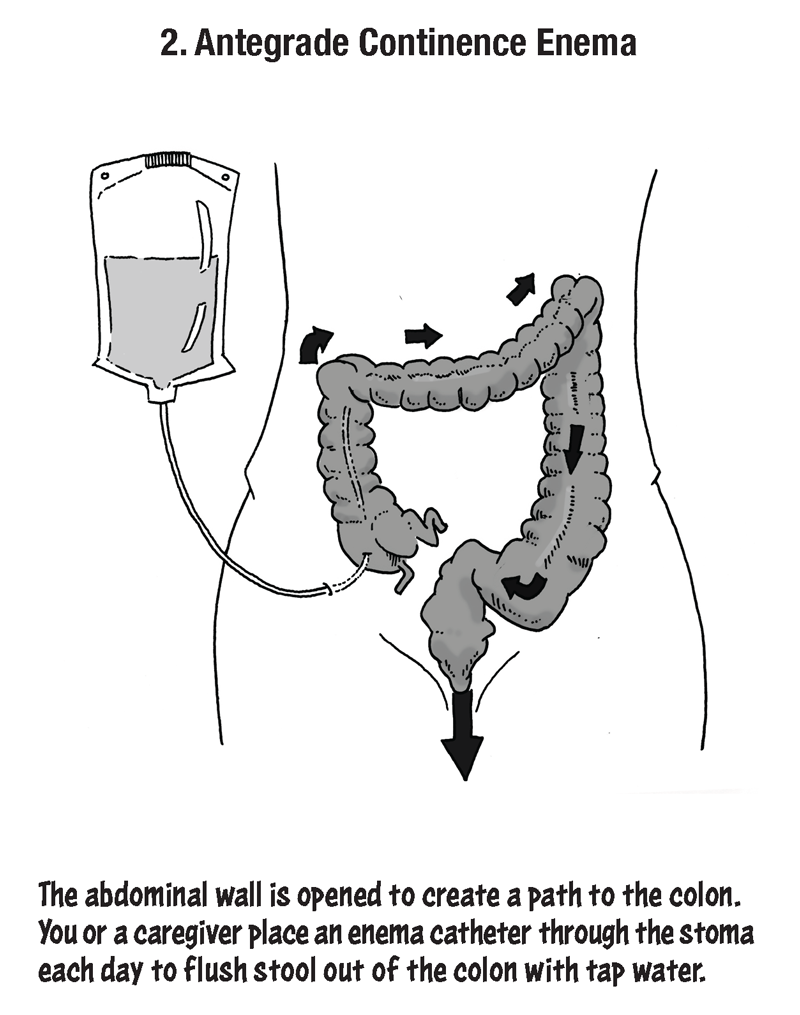

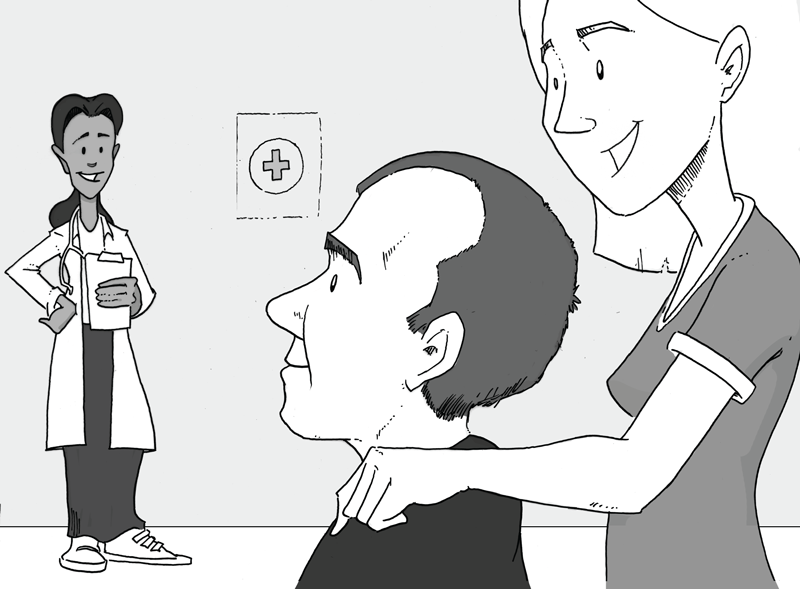
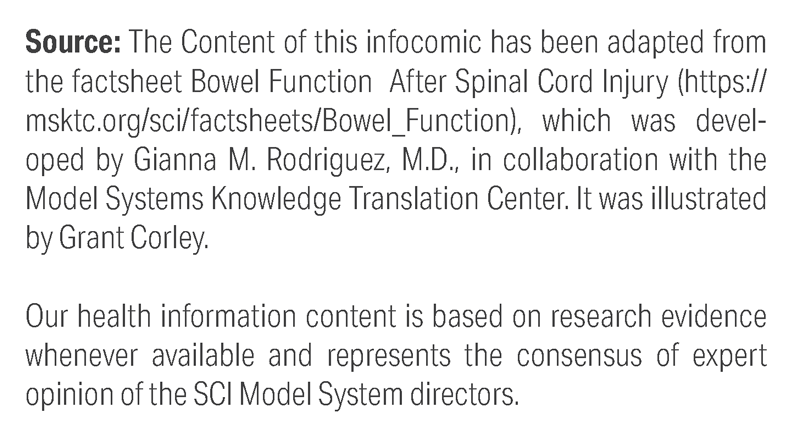
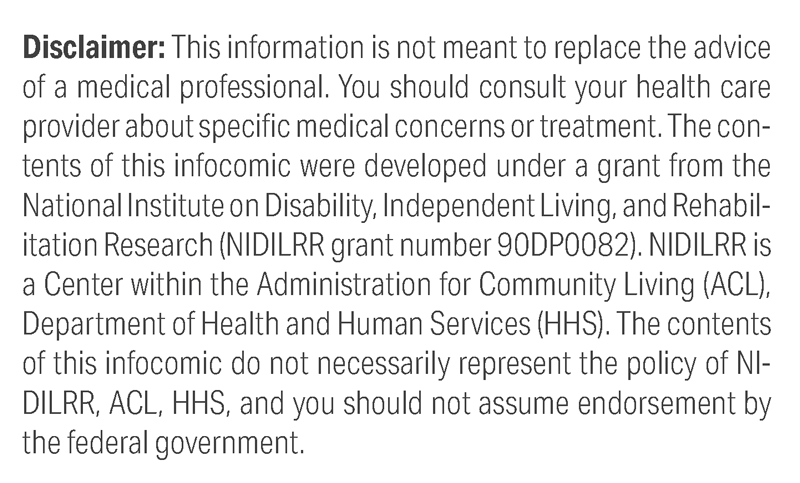

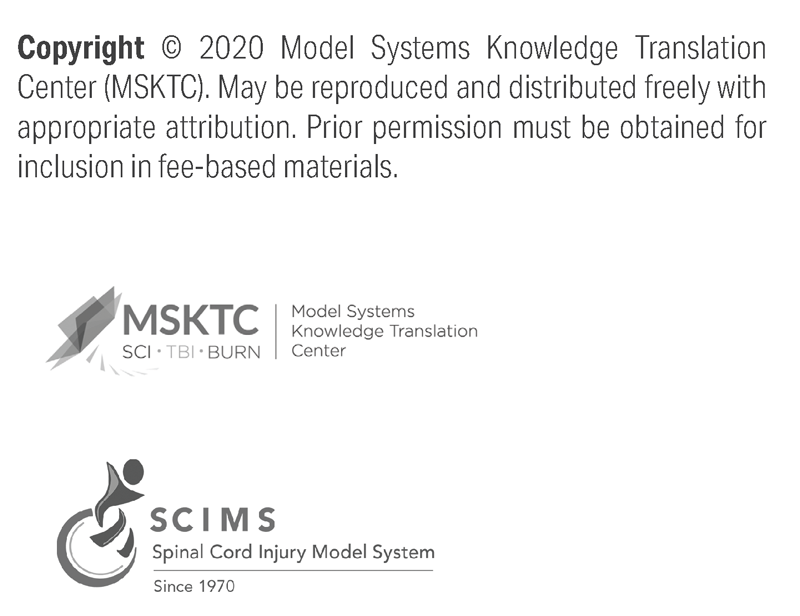
Related Resources for Bowel Function After SCI
To learn more, check out our resources page about bowel function after SCI.